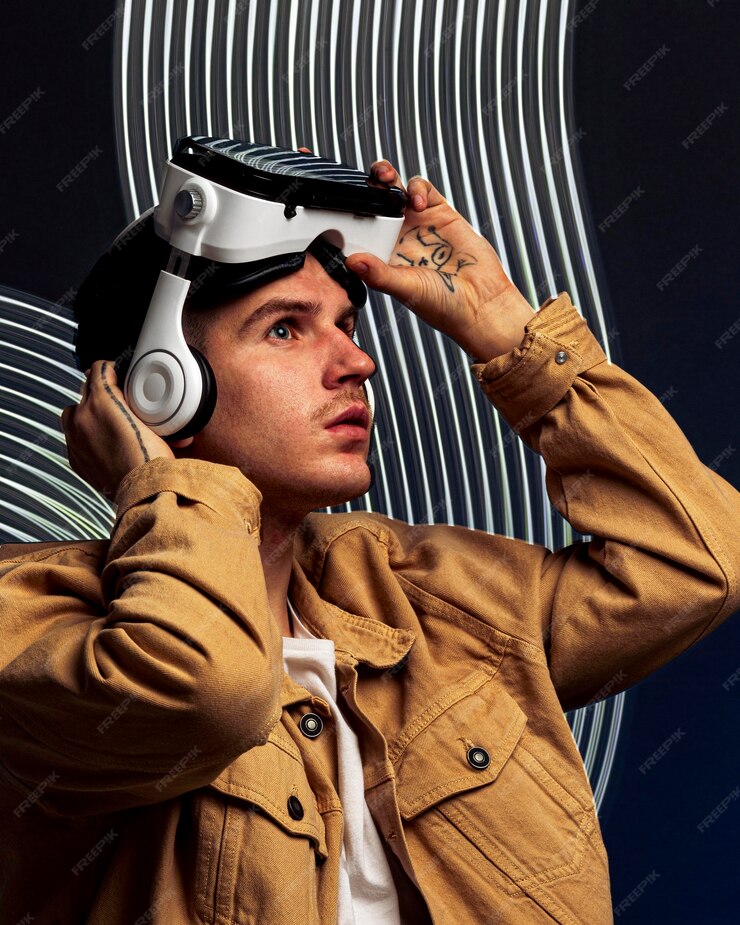
Virtual Reality Headsets: Bridging the Gap Between Imagination and Reality
In the realm of technology, few innovations have captured the imagination quite like virtual reality (VR) headsets. These futuristic devices have transcended the realms of science fiction to become a tangible part of our digital landscape, offering immersive experiences that transport users to fantastical worlds, distant planets, or even back in time. From gaming to education, healthcare to entertainment, the applications of VR are vast and ever-expanding, promising to revolutionize how we interact with and perceive digital content.
The Birth of Virtual Reality Headsets
The concept of virtual reality has been around for decades, with early experiments dating back to the 1960s. However, it wasn’t until the late 20th and early 21st centuries that advancements in technology made VR accessible to the general public. One of the key components enabling this accessibility was the development of VR headsets.
The first commercially available VR headset, the “Virtual Boy” by Nintendo, hit the market in 1995. While it failed to gain widespread adoption due to its monochromatic display and limited game library, it laid the groundwork for future innovations in VR technology. Fast forward to the 21st century, and companies like Oculus, HTC, Sony, and Valve have emerged as leaders in the VR headset market, pushing the boundaries of what’s possible in immersive digital experiences.
How VR Headsets Work
At its core, a VR headset is a wearable device that uses a combination of motion tracking sensors, high-resolution displays, and sometimes audio systems to simulate a three-dimensional environment. By wearing the headset and often accompanying controllers, users can explore and interact with virtual worlds as if they were physically present.
The immersive experience provided by VR headsets is made possible by a process called “stereoscopy,” which presents slightly different images to each eye, mimicking the way our eyes perceive depth in the real world. Additionally, head tracking technology allows the headset to detect and respond to the user’s movements, adjusting the virtual environment accordingly and enhancing the feeling of presence.
Applications of VR Headsets
While gaming is perhaps the most well-known application of VR technology, its potential goes far beyond entertainment. In education, VR headsets are being used to create immersive learning experiences, allowing students to explore historical sites, conduct virtual science experiments, or even simulate surgical procedures. In healthcare, VR is being utilized for pain management, therapy, and medical training.
Businesses are also recognizing the value of VR for employee training, product prototyping, and virtual meetings. Architects and designers can use VR to visualize and manipulate 3D models of buildings and products, while artists and filmmakers are experimenting with immersive storytelling techniques.
Challenges and Future Outlook
Despite the rapid advancements in VR technology, there are still challenges that need to be addressed. One of the main barriers to widespread adoption is the cost of high-quality VR equipment, which can be prohibitive for many consumers. Additionally, issues such as motion sickness and discomfort during prolonged use remain areas of concern https://www.downtownbystarck.com/.
However, as technology continues to improve and become more affordable, the future of VR looks promising. Innovations such as wireless headsets, improved display resolutions, and haptic feedback systems are poised to make VR experiences even more immersive and accessible to a broader audience.
In conclusion, virtual reality headsets have emerged as powerful tools for entertainment, education, healthcare, and beyond. With their ability to transport users to new worlds and create deeply immersive experiences, VR headsets are reshaping the way we interact with digital content and offering a glimpse into the future of technology. As the technology continues to evolve, the possibilities for VR are limited only by our imagination.

